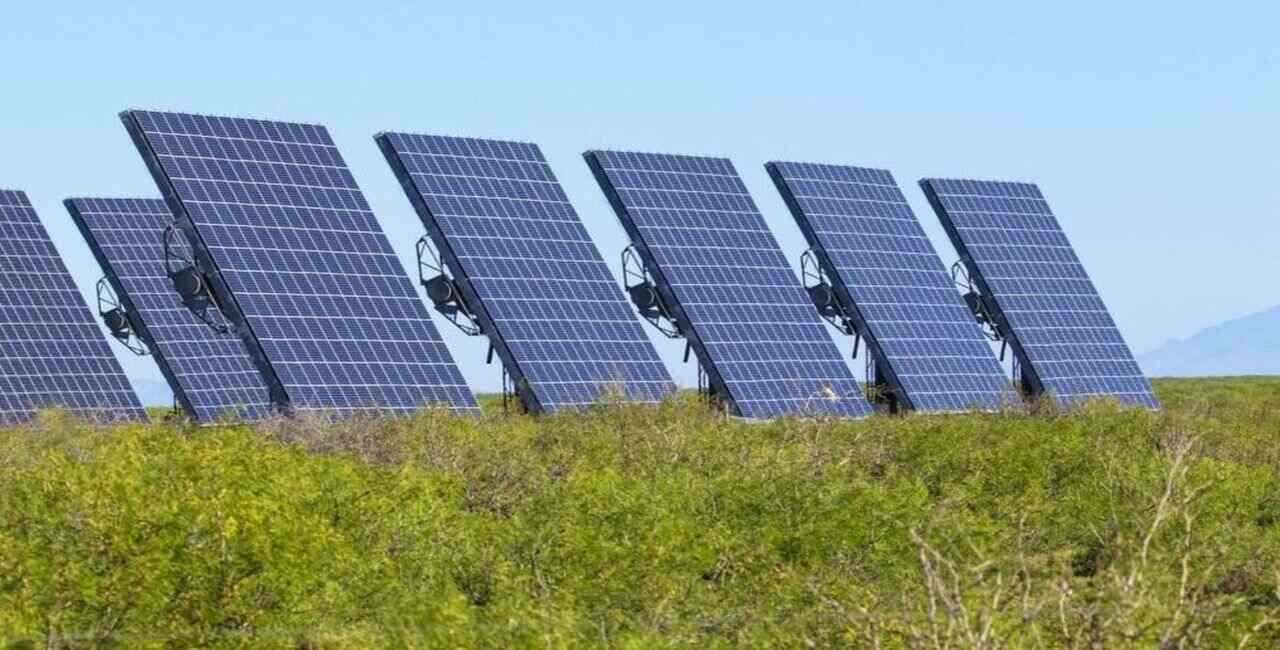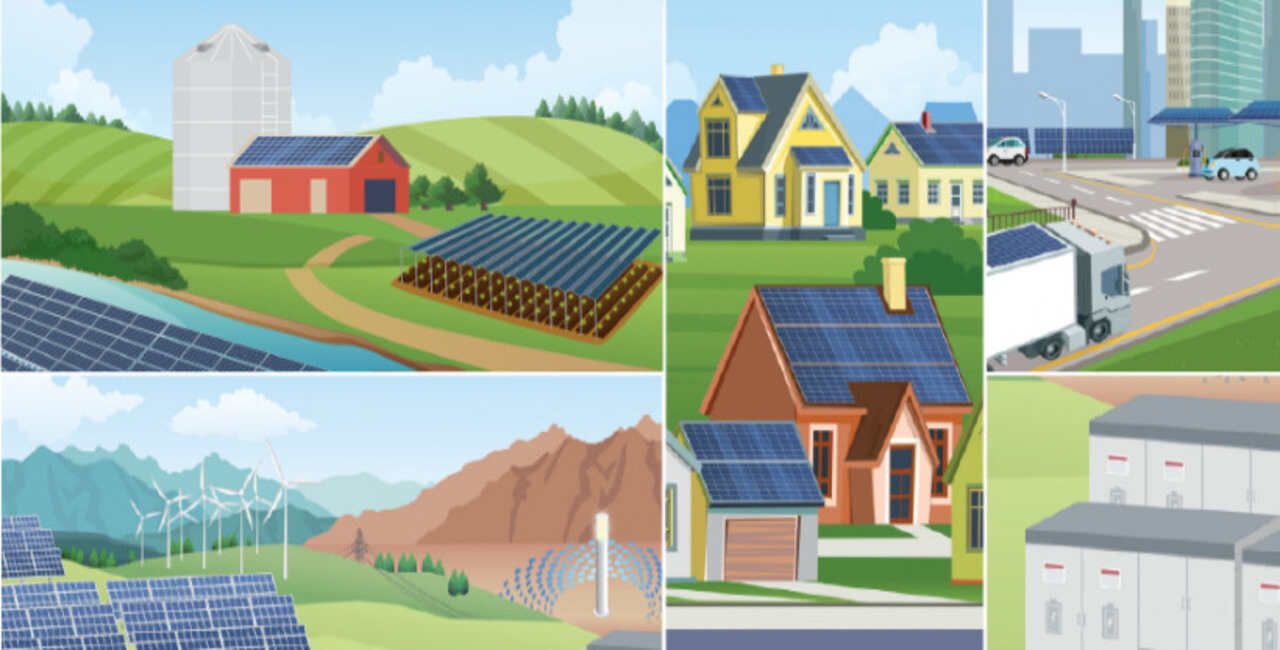What Is The Downfall Of Solar Energy?

Solar power has risen to prominence as a leading contender within the renewable energy sector, primarily because of its abundant availability and significant environmental advantages. However, it is essential to recognize that, like any technological innovation, solar energy encounters its share of challenges and limitations.
Uncovering the potential pitfalls of solar energy requires a deep dive into various facets such as its integration complexities, technological limitations, economic implications, and environmental repercussions. By undertaking this article, we aim to gain a holistic understanding of the hurdles that solar energy must surmount to actualize its complete potential as a sustainable energy solution for the future.
How Solar Energy Works?
Solar energy, often referred to as solar power, is the radiant energy emitted by the Sun that is harnessed using various technologies for human use. It is a renewable and sustainable energy source that has gained immense popularity in recent years due to its environmental benefits and potential to reduce dependence on fossil fuels. Solar energy is abundant, freely available, and can be utilized to generate electricity, heat water, and power various applications.
The process of converting solar energy into usable forms involves several steps and technologies. Here's a brief explanation of how solar energy works:
- Solar Panels: The most common method of harnessing solar energy is through photovoltaic (PV) panels. These panels are made up of semiconductor materials such as silicon, which can convert sunlight directly into electricity through the photovoltaic effect.
- Sunlight Capture: When sunlight hits the solar panels, the photons (particles of light) transfer their energy to the electrons in the semiconductor material. This generates an electric current within the panels.
- Inverter Conversion: The direct current (DC) electricity produced by solar panels is converted into alternating current (AC) electricity using an inverter. AC electricity is the standard form of electricity used in homes and businesses.
- Electricity Distribution: The converted electricity is either used immediately to power appliances, lights, or other electrical devices, or it is fed into the electrical grid for distribution.
- Net Metering: In grid-tied systems, excess electricity generated by solar panels during sunny periods can be fed back into the grid. This is often facilitated through net metering, where the utility company credits the solar energy system owner for the electricity they contribute to the grid.
- Battery Storage (Optional): Some solar energy systems are equipped with battery storage capabilities. Excess electricity generated during the day can be stored in batteries for use during times when sunlight is not available, such as at night or during cloudy days.
Top Challenges of Solar Energy

While solar energy presents numerous advantages, it also faces several challenges that need to be addressed for widespread adoption and efficient integration into the energy grid. Here are some of the top challenges associated with solar energy:
Intermittency: Solar energy production is intermittent and dependent on sunlight availability. This poses a challenge for meeting energy demands consistently, especially during cloudy days or at night when solar panels cannot generate electricity.
Dependence on Daylight Hours Affecting Power Generation: Solar power generation is directly impacted by the duration of daylight hours. This dependence on daylight limits the amount of energy that can be produced daily, affecting the reliability of solar energy as a primary power source.
Energy Storage: The lack of efficient energy storage solutions for surplus energy is a significant challenge. Storing excess energy generated during peak sunlight hours for use during periods of low sunlight is crucial for overcoming intermittency and meeting energy demands consistently.
Lack of Efficient Storage Solutions for Surplus Energy: While advancements in battery technology have improved energy storage capabilities, there is still a need for more efficient and cost-effective storage solutions to store surplus solar energy on a large scale.
High Initial Costs: The high initial costs associated with solar energy systems, including installation, equipment, and infrastructure, can be a barrier to widespread adoption, particularly for residential and small-scale installations.
Weather Dependence: Weather conditions such as cloud cover, rain, and storms directly impact solar energy production. This weather dependence can lead to fluctuations in energy output, affecting the reliability and consistency of solar power generation.
Space Requirement: Solar panel installations require significant surface areas, making them impractical for densely populated urban areas or locations with limited available space. This space requirement can be a challenge for scaling up solar energy infrastructure in certain regions.
Addressing these challenges requires continued research, innovation, and investment in technology and infrastructure. Advancements in energy storage, grid integration, and cost reduction measures are essential for maximizing the potential of solar energy and overcoming its limitations.
Collaboration between government agencies, industry stakeholders, and research institutions is crucial for developing sustainable solutions to these challenges and accelerating the transition to a clean energy future powered by solar energy.
The Big Problem of Solar Energy: Addressing Misconceptions
Solar energy has emerged as a promising solution to our energy needs, but it often faces misconceptions that hinder its widespread adoption. Let's address three major misconceptions about solar energy and shed light on the realities behind them:
Misconception 1: Solar Energy is Unreliable
One common misconception about solar energy is that it is unreliable due to its dependence on sunlight. However, significant advancements in battery storage technology have addressed this issue. Batteries can store excess energy generated during peak sunlight hours, allowing for a consistent power supply even during periods of low sunlight or at night.
The development of lithium-ion batteries, along with other energy storage technologies, has revolutionized the solar energy landscape. These batteries can store large amounts of energy efficiently and discharge it when needed, ensuring a reliable power supply from solar energy systems.
Moreover, grid-tied solar systems can seamlessly switch to the grid during times of low solar production, providing a backup power source and further enhancing reliability.
Misconception 2: Solar Energy is Not Cost-Effective
Another misconception is that solar energy is not cost-effective. While the initial investment in solar panels and installation may seem significant, it's essential to consider the long-term savings and return on investment (ROI) offered by solar energy systems.
Over time, solar energy systems can lead to substantial savings on electricity bills. With proper maintenance, solar panels can last for 25 years or more, providing a reliable and cost-effective source of electricity throughout their lifespan. Additionally, government incentives, tax credits, and financing options make solar energy more accessible and affordable for homeowners and businesses.
When considering the total cost of ownership and the environmental benefits of solar energy, it becomes clear that investing in solar power is a financially prudent decision with significant long-term advantages.
Misconception 3: Solar Energy is Not Environmentally Friendly
Contrary to popular belief, solar energy is highly environmentally friendly compared to traditional energy sources such as fossil fuels. Solar power generation produces no greenhouse gas emissions or air pollutants during operation, leading to cleaner air and a reduced carbon footprint.
Additionally, solar energy helps mitigate climate change by reducing reliance on fossil fuels, which contribute to global warming and environmental degradation. The use of solar energy promotes sustainability and conservation of natural resources, making it a crucial component of a greener and more sustainable energy mix.
Conclusion
While solar energy offers numerous advantages such as abundant availability and environmental benefits, it also faces challenges and limitations that must be addressed. The downfall of solar energy lies in its intermittent nature, dependence on daylight hours, the need for efficient energy storage solutions, initial high costs, weather dependence, and space requirements for installations.
However, ongoing advancements in technology, such as improvements in battery storage and grid integration, policy support, and investment in research and development, are paving the way for overcoming these obstacles. With concerted efforts and innovations, solar energy can continue to evolve as a vital component of our transition towards a cleaner, sustainable energy future.

